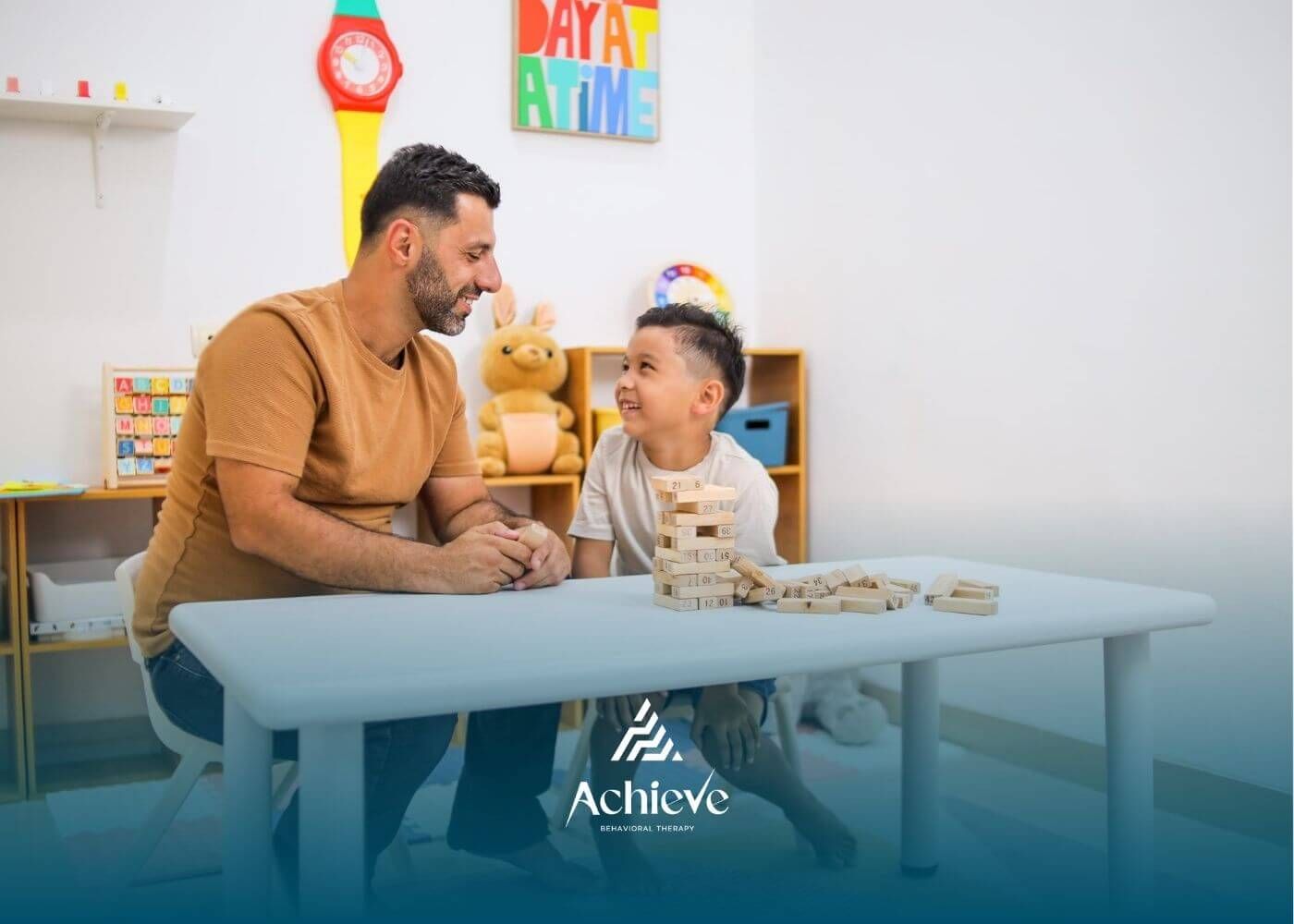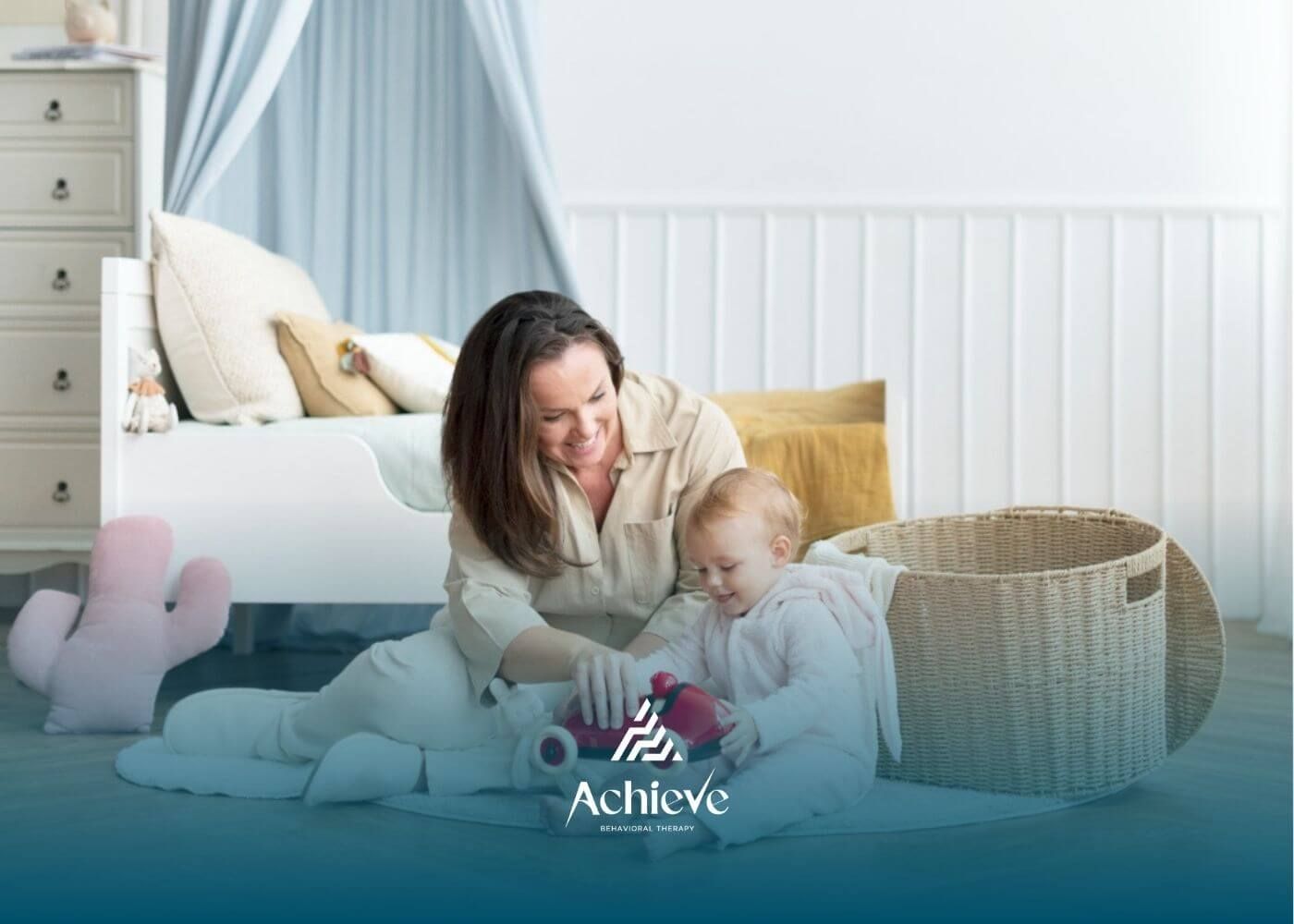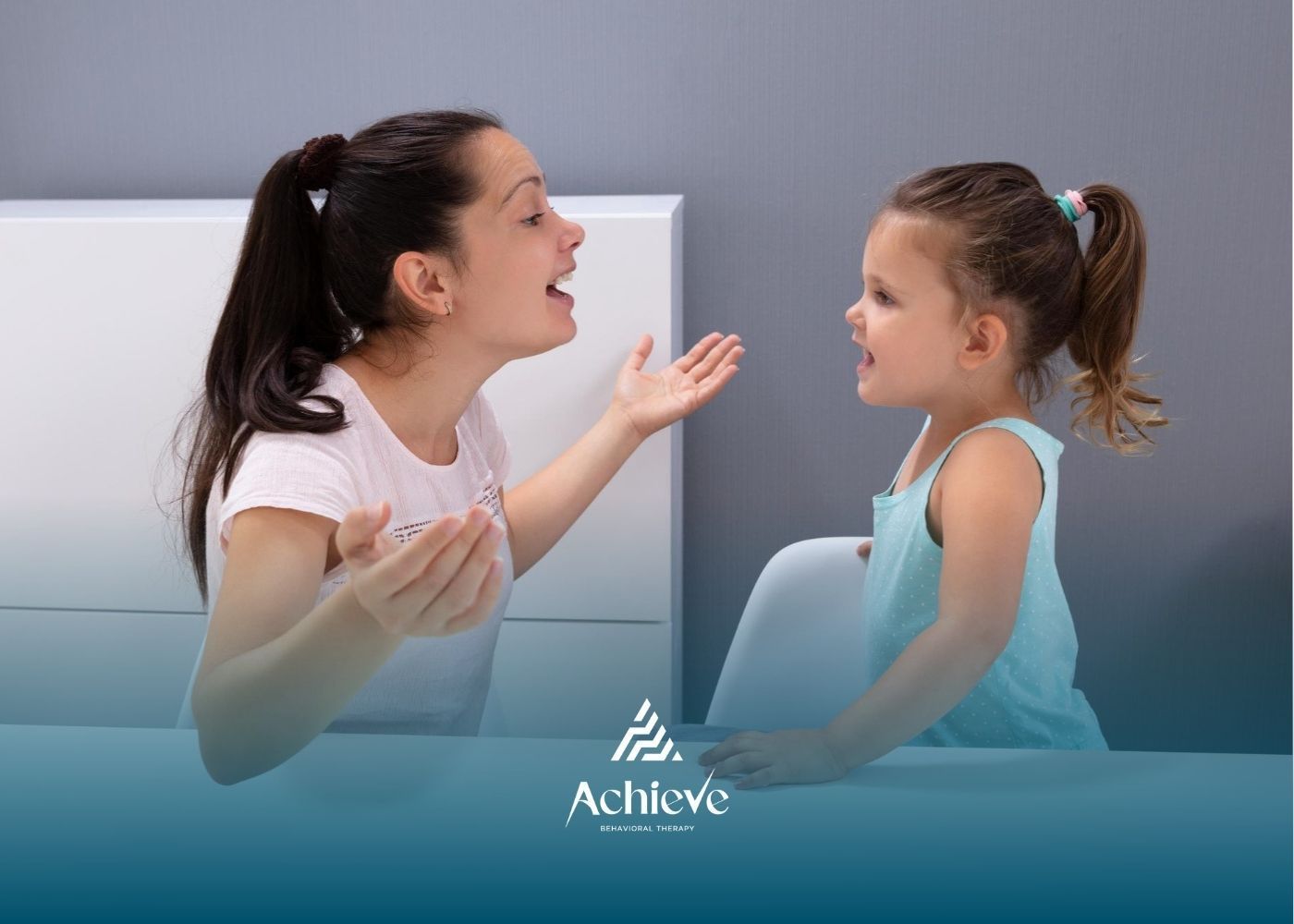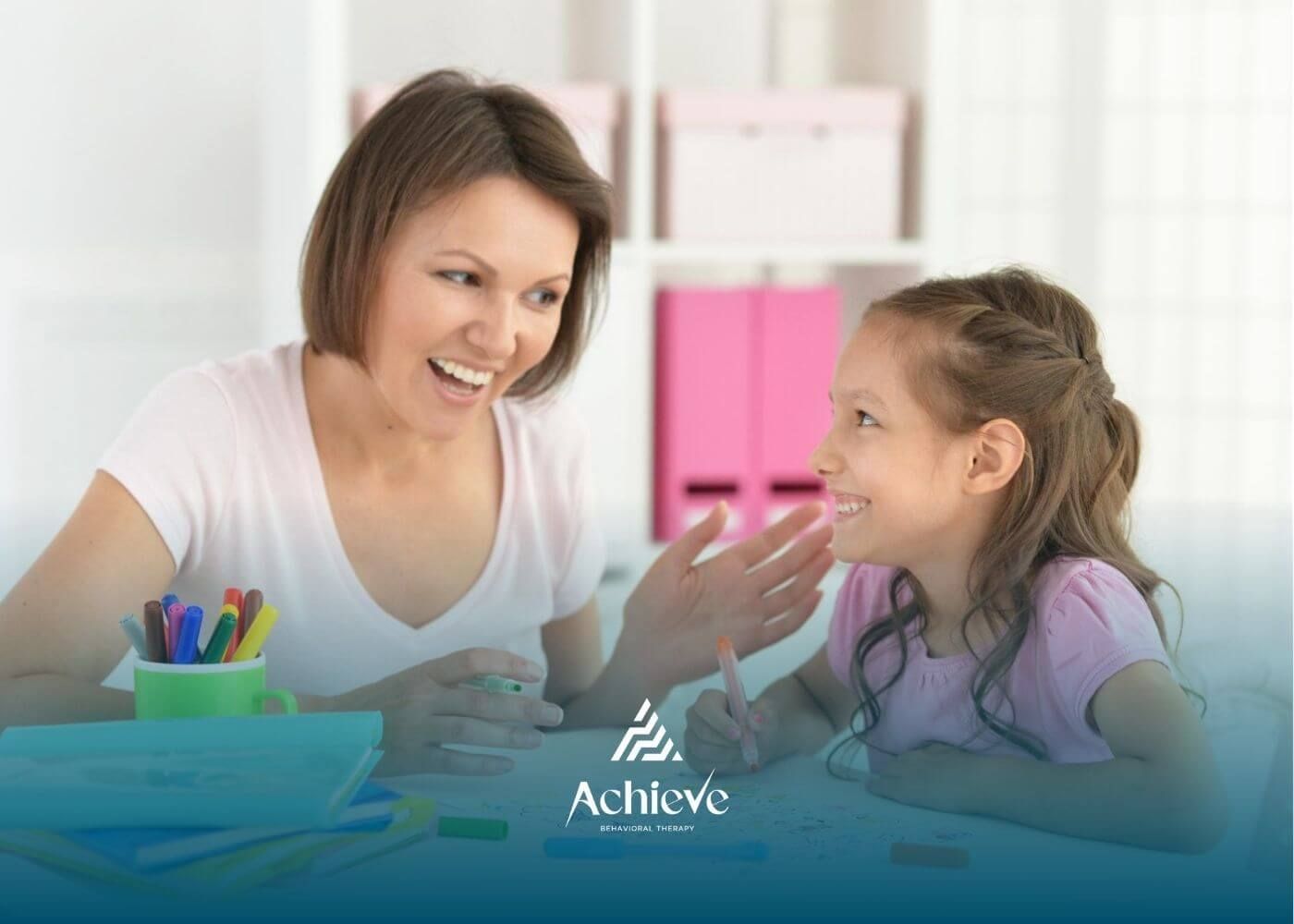The Power of Positive Reinforcement: How Rewards Inspire Real Behavioral Change

Key Highlights
- Positive reinforcement is a cornerstone of Applied Behavior Analysis (ABA) that uses rewards to strengthen desired behavior.
- It encourages lasting behavioral change through positive associations and motivation.
- Different types of reinforcers include social praise, tangible rewards, and activity-based incentives.
- The method is rooted in B.F. Skinner’s operant conditioning theory, one of the most influential models in behavior psychology.
- When implemented effectively, positive reinforcement boosts learning, confidence, and life skills.
Have you ever noticed how a simple “great job!” can light up someone’s face? That’s the magic of positive reinforcement—a cornerstone of Applied Behavior Analysis (ABA) that turns learning into something joyful.
In my work, I’ve seen how rewards, encouragement, and celebration transform behaviors and confidence. Let’s explore how this science-backed strategy empowers growth for individuals across every stage of development.
Understanding Positive Reinforcement in ABA Therapy
Before we get into the techniques, it’s important to understand what positive reinforcement means in the context of ABA therapy. This principle sits at the very heart of behavioral intervention, helping individuals develop new skills and replace challenging behaviors with more adaptive ones.
What Is Positive Reinforcement?
In ABA, positive reinforcement means providing a rewarding consequence immediately after a desired behavior. The aim is to increase the frequency of that behavior by associating it with something enjoyable.
For instance, when a student raises their hand before speaking, the teacher might respond with praise or a sticker. Over time, that student learns that appropriate communication brings positive outcomes.
This strategy is especially valuable because it nurtures motivation and confidence—key ingredients in long-term learning and behavior change.
Defining Positive Reinforcement and Its Core Principles
Before applying it, we need to understand the core principle behind positive reinforcement: behaviors that are rewarded are more likely to be repeated.
This isn’t bribery—it’s behavioral science. Bribery happens before the action (“If you clean your room, I’ll give you candy”). Reinforcement happens after the behavior, strengthening the likelihood it will occur again in the future.
In ABA therapy, I might reinforce a child’s social greeting (“Hi!”) with a smile, high-five, or small token. Over time, this repeated pairing creates a reliable behavioral pattern that doesn’t depend on tangible rewards.
This approach aligns with decades of research showing that positive reinforcement increases compliance, learning, and engagement far more effectively than punishment (Cooper, Heron & Heward, 2020).
How Positive Reinforcement Differs from Other Behavior Strategies
To appreciate why positive reinforcement works so well, it helps to understand how it differs from other behavioral methods.
Positive reinforcement adds something pleasant to increase behavior. Negative reinforcement removes something unpleasant to achieve the same goal. In contrast, punishment (positive or negative) seeks to decrease a behavior.
For example:
- Positive Reinforcement → Giving praise for finishing homework.
- Negative Reinforcement → Removing an extra task when chores are completed.
- Positive Punishment → Adding a consequence, like a time-out.
- Negative Punishment → Taking away a privilege, like screen time.
In modern ABA practice, we prioritize positive reinforcement because it promotes learning and emotional safety—focusing on what to do, not what to avoid.
The Science Behind Positive Reinforcement
Positive reinforcement isn’t just intuitive—it’s scientifically proven. This section explores the behavioral science that makes it so effective and how it connects to foundational psychology theories.
The Role of Operant Conditioning
The foundation of positive reinforcement lies in B.F. Skinner’s theory of operant conditioning. Skinner discovered that behavior could be shaped by its consequences: pleasant outcomes reinforce actions, while unpleasant outcomes discourage them.
In ABA therapy, we apply this principle through structured reinforcement systems—rewarding specific behaviors to increase their frequency.
Studies show that reinforcement activates the brain’s dopamine pathways, the same system responsible for pleasure and motivation (Schultz, 2015, Nature Reviews Neuroscience). This biological reward loop strengthens learning and engagement over time.
Why Positive Reinforcement Works for Behavior Change
Positive reinforcement doesn’t just teach—it empowers. When someone experiences success and receives acknowledgment, they’re more likely to repeat that behavior. Over time, reinforcement helps internalize these actions so they become part of everyday routines.
It’s also more effective than punishment in promoting long-term change. According to a 2018 study in the Journal of Behavioral Education, positive reinforcement leads to higher learning retention and skill generalization compared to punitive methods.
In short, when learning feels rewarding, progress accelerates.
Types of Positive Reinforcers Used in ABA
In behavior therapy, not all rewards work the same way. The secret to effective reinforcement lies in individualization—selecting the right motivators for each person.
Primary vs. Secondary Reinforcers
| Reinforcer Type | Description | Example |
|---|---|---|
| Primary Reinforcer | Naturally rewarding and doesn’t require learning. | Food, water, comfort. |
| Secondary Reinforcer | Becomes rewarding through association with a primary reinforcer. | Tokens, money, praise. |
Understanding this distinction helps ABA professionals design reinforcement systems that evolve over time—moving from tangible to social rewards as intrinsic motivation develops.
Social, Tangible, and Activity-Based Rewards
Reinforcers can be classified by type:
- Social Reinforcers: Verbal praise, smiles, high-fives—great for building confidence and emotional connection.
- Tangible Reinforcers: Stickers, toys, or treats—useful for early learning stages.
- Activity-Based Reinforcers: Access to favorite games, music, or activities—ideal for older children and adults.
While tangible rewards can be motivating, research suggests that social reinforcers lead to stronger long-term engagement when paired with positive relationships (Kazdin, 2013, Behavior Modification).
Selecting and Using Effective Positive Reinforcers
Choosing the right reinforcer is a blend of science and observation. The best ABA therapists and educators constantly assess what motivates each individual—and adjust as needed.
Identifying What Motivates Each Individual
One size never fits all. I often use preference assessments—simple activities where I present different options (like toys or snacks) and observe which ones spark excitement.
Motivation also fluctuates, so regular reassessment is key. For instance, what worked last week may not work today. Staying flexible ensures reinforcement remains powerful and relevant.
Tips for Choosing Reinforcers Across Settings
Here’s how you can make reinforcement more effective:
- Match the reward to the effort: Bigger efforts deserve bigger rewards.
- Rotate reinforcers: Prevent “reward fatigue.”
- Adapt to the environment: Use calm reinforcers in class; active ones at home.
- Be consistent: Everyone involved—parents, teachers, therapists—should follow the same plan.
Consistency transforms reinforcement from a strategy into a habit-building tool.
Practical Examples of Positive Reinforcement in Action
The best way to understand reinforcement is to see it in motion. Below are some real-world examples from different environments that show how flexible and powerful this technique can be.
In ABA Therapy Sessions
A child learning to make eye contact earns a cheerful “Nice looking!” and a small toy. Over time, social praise replaces tangible rewards as the behavior becomes natural.
At Home
A parent encourages independence with a morning routine chart. Each day their child gets ready on time, they earn a sticker. After five stickers, they choose a family movie night.
In the Classroom
A teacher offers verbal praise like “Excellent participation!” every time a student raises their hand. This recognition builds confidence and classroom engagement.
Success Stories with Children with Autism
Positive reinforcement is especially powerful in autism therapy. It helps children connect effort with positive outcomes in a clear, predictable way.
For example, a child learning to request a break might earn a small snack immediately after doing so. As they grow more comfortable, this shifts to social praise or tokens exchangeable for playtime.
Research from the National Autism Center (2020) confirms that ABA programs using consistent positive reinforcement produce measurable improvements in communication, social interaction, and adaptive behavior.
Each success, no matter how small, builds self-confidence and independence.
Common Mistakes and Best Practices
Even though positive reinforcement is simple, it’s easy to misuse. Recognizing potential pitfalls ensures success in the long run.
Avoiding Common Mistakes
Here are some mistakes I’ve seen (and made early in my career):
- Inconsistency: Failing to reward consistently confuses the learner.
- Delayed reinforcement: Rewards must follow behavior immediately.
- Accidental reinforcement: Giving in to tantrums may unintentionally strengthen them.
Best Practices for Long-Term Success
To maximize progress, remember these tips:
- Gradually shift from tangible to natural reinforcers like social praise.
- Be specific with praise (“I love how you waited your turn!”).
- Track behaviors and celebrate milestones together.
When implemented with care, positive reinforcement becomes more than a strategy—it becomes a foundation for lifelong growth and confidence.
Conclusion
Positive reinforcement is far more than a reward system—it’s a mindset that transforms how we teach, learn, and connect.
By celebrating progress instead of punishing mistakes, we create an environment where individuals feel empowered to try, learn, and grow. Whether you’re a parent, teacher, or ABA professional, integrating reinforcement into daily routines can create lasting, meaningful behavior change.
If you’re ready to see this approach in action, consider reaching out for a consultation or ABA support session. Together, we can make learning feel rewarding—for everyone.
Positive reinforcement is more than a behavioral technique—it’s a mindset that transforms the way we teach, learn, and connect. By celebrating progress and rewarding effort, we encourage individuals to build lasting skills, confidence, and independence.
At Achieve ABA, we believe every success—no matter how small—deserves recognition. Our team proudly provides personalized in-home ABA therapy, school-based ABA programs, and telehealth ABA services tailored to each individual’s needs.
We specialize in early intervention for autism and support families across:
Whether you’re a parent, educator, or professional, our ABA experts are here to help you create positive change that lasts. Reach out to us today to learn how positive reinforcement can help your loved one thrive.
FAQs
What is positive reinforcement in ABA therapy?
Positive reinforcement is a behavior strategy that strengthens desired actions by adding something rewarding immediately after the behavior occurs. This could be verbal praise, access to a favorite activity, or a tangible reward. The key is that the reinforcement increases the likelihood of the behavior happening again in the future.
How does positive reinforcement help children with autism?
Positive reinforcement helps children with autism learn new skills and behaviors in a structured, encouraging way. It supports communication, social interaction, and daily routines by making learning enjoyable. Over time, this approach builds confidence and encourages independence, especially when applied consistently across environments.
What are some examples of positive reinforcement in daily life?
Examples include giving a child extra playtime after they complete homework, praising a student for raising their hand, or rewarding a teen for completing chores without reminders. Even a simple “thank you” or smile counts—small gestures can have a big impact when they’re consistent and meaningful.
Sources:
- https://www.autismspeaks.org/applied-behavior-analysis
- https://research.aota.org/ajot/article-pdf/58/1/113/60745/113.pdf
- https://www.nu.edu/blog/what-is-differential-reinforcement/
- https://www.appliedbehavioranalysisedu.org/what-is-reinforcement-and-why-is-it-important-in-aba/
- https://psycnet.apa.org/record/2011-22103-010
- https://www.verywellmind.com/what-is-positive-reinforcement-2795412
- https://www.simplypsychology.org/positive-reinforcement.html
Need Support?
We're Here to Help!
Our experienced team is ready to assist you. Reach out today to discuss how we can support your child's development and well-being.
Get started with expert ABA therapy today.













